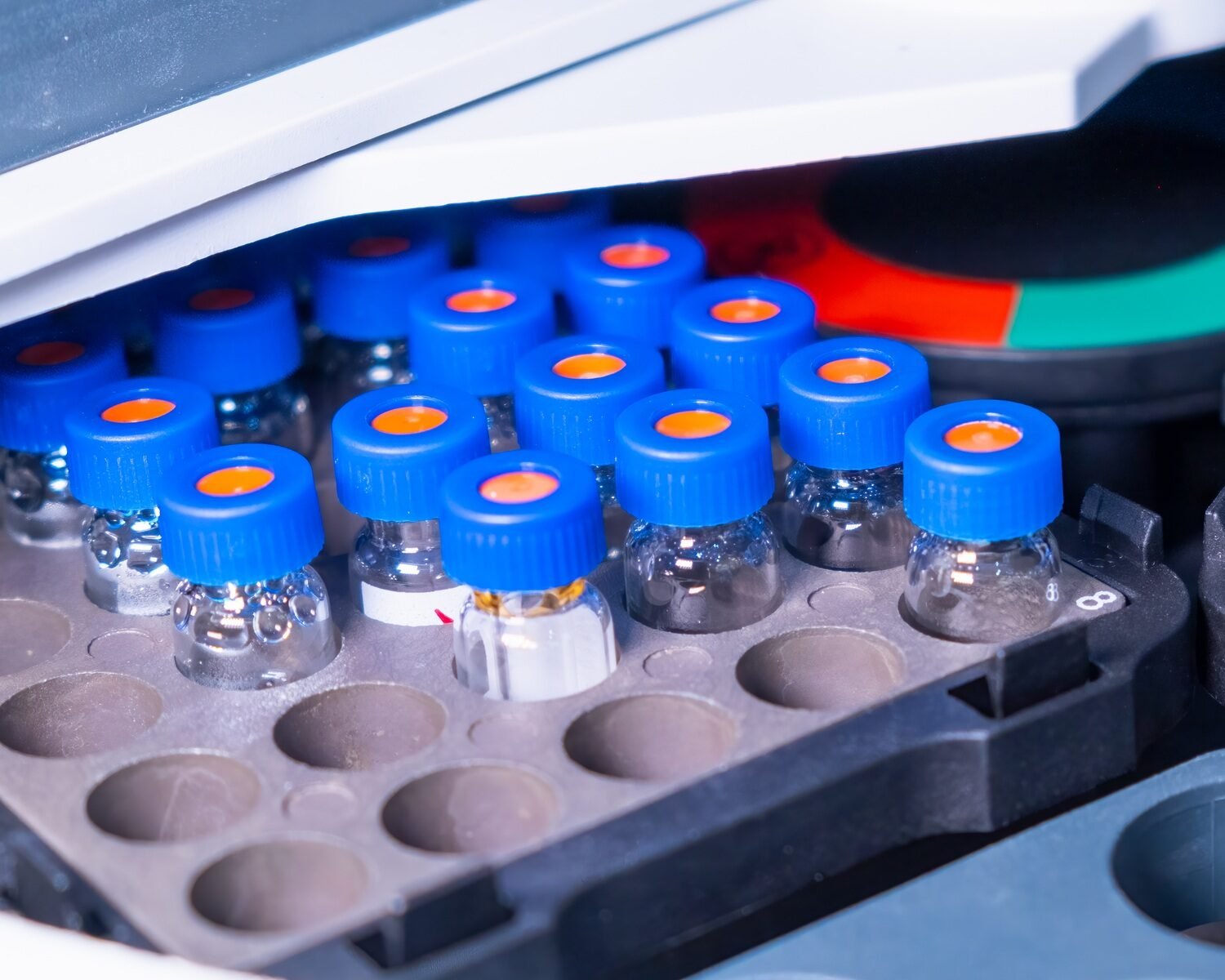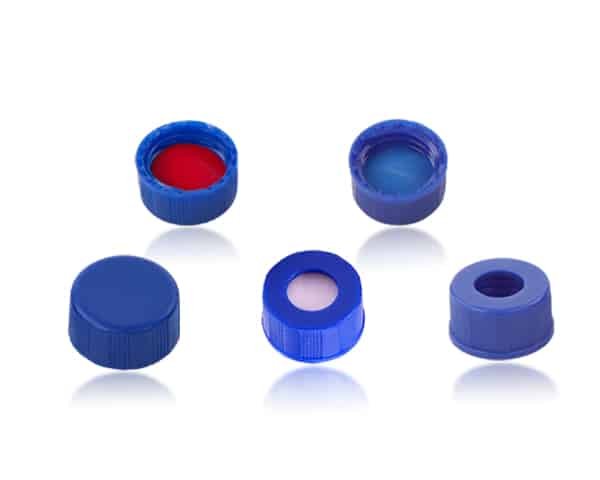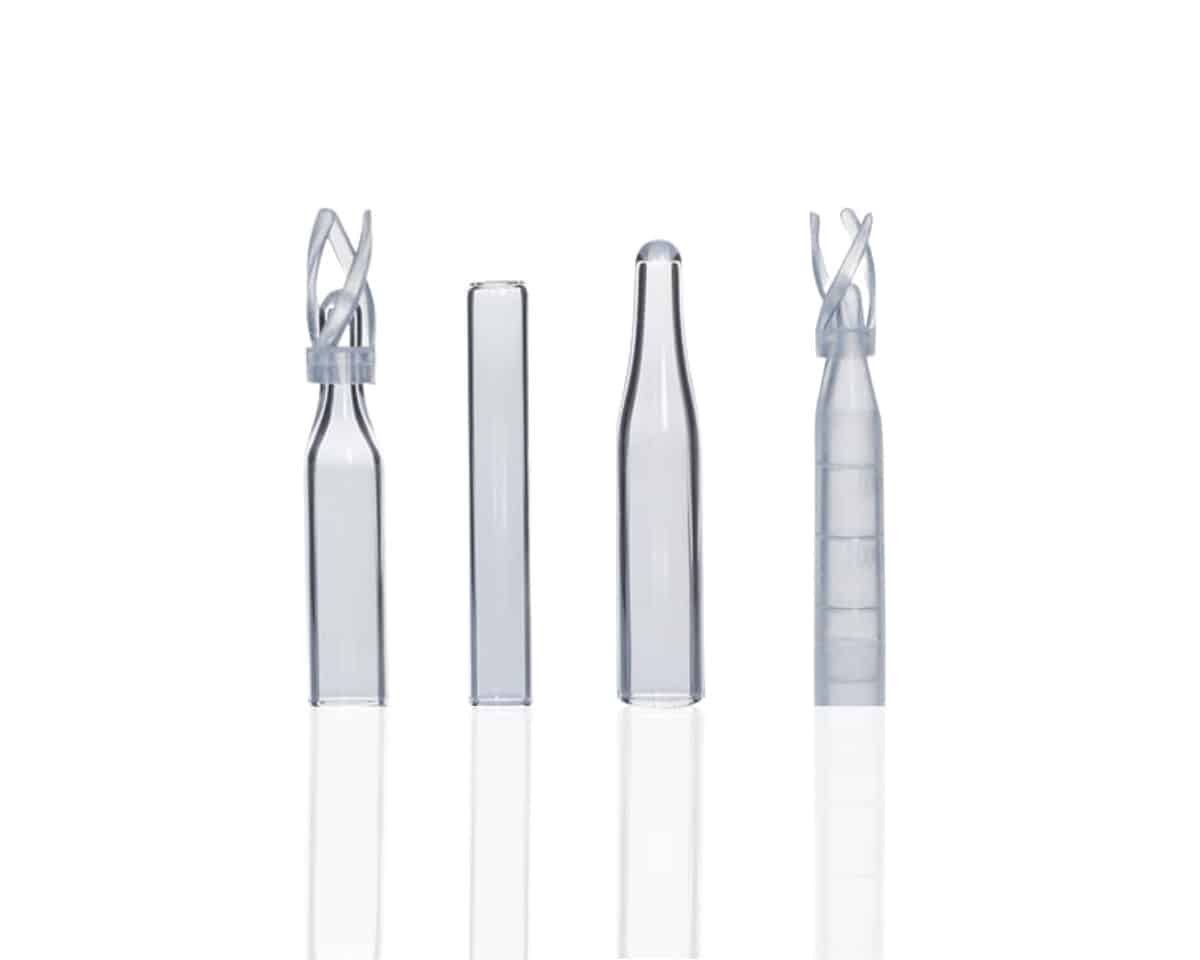Introduction
When conducting High-Performance Liquid Chromatography (HPLC), the integrity of your samples is critical. One overlooked but essential component in maintaining this integrity is the proper sealing of HPLC vials. A secure and contamination-free vial seal can mean the difference between accurate results and compromised analysis. Without proper sealing, your samples are at risk of contamination from airborne particles, solvent evaporation, or even chemical reactions with the vial itself.
Therefore, understanding the different types of vial seals, their materials, and how to handle them is crucial for any lab using HPLC.
Answer Section:
What makes vial sealing so important in the first place? In simple terms, sealing is about ensuring that nothing gets into your sample and that nothing escapes. Volatile compounds, for example, can easily evaporate if seals aren’t tight enough. Even the tiniest change in sample composition can lead to skewed results. So, whether you’re running routine analyses or working with highly sensitive compounds, choosing the right vial cap seal is a key step in your process.
Types of Vial Cap Seals
Choosing the right vial cap seal depends on your sample’s characteristics and the type of analysis you’re performing. The most common types of vial seals include septa, liners, and crimp seals.
- Septa
Septa are typically made from a combination of materials like silicone, rubber, or PTFE (polytetrafluoroethylene). PTFE-lined septa are popular because they offer a chemical-resistant barrier. These seals are often used for applications involving volatile solvents or air-sensitive samples. However, septa have their limitations—sharp needles used in autosamplers can puncture the seal, causing it to degrade over time. - Liners
Liners are placed between the vial cap and the septa to enhance the seal’s integrity. Made from materials like polyethylene or polypropylene, liners help to increase sealing strength and prevent leaks, especially in higher-pressure applications. They’re great for applications that require a tighter closure and more consistent sealing performance. - Crimp Seals
Crimp seals are a more secure option, providing a mechanical closure by crimping the vial cap onto the vial itself. This creates a tight seal that is resistant to leaks and is often used for high-pressure HPLC or when working with volatile or sensitive samples. Crimp seals are especially useful when you need a permanent seal for long-term sample storage.
Which type of seal do you usually prefer in your lab? Do you find septa or crimp seals more reliable for your specific application?

Importance of Seal Integrity in Sample Protection
The integrity of your vial cap seal is absolutely essential for maintaining sample quality. A poor or damaged seal can result in a variety of issues, including contamination, evaporation of volatile compounds, and even sample degradation.
- Contamination
Airborne contaminants can easily infiltrate an improperly sealed vial, causing cross-contamination between samples. This is especially problematic when dealing with complex biological samples or samples of trace-level analytes. A leaky seal can introduce extraneous particles, which could interfere with the accuracy of your results. - Sample Evaporation
In HPLC, many samples involve volatile solvents, and without a proper seal, these solvents will evaporate. Evaporation can alter the concentration of your sample, leading to skewed chromatographic results. This is why tight seals are non-negotiable, especially for volatile solvents or precious samples that cannot be replaced easily. - Chemical Reactions
Even the smallest amount of exposure to air or moisture can cause chemical reactions, especially for samples containing sensitive compounds. Improperly sealed vials may allow these reactions to alter the chemical composition of your sample, affecting the reliability of your analysis.
When was the last time you had an issue with evaporation or contamination due to a poor seal? How did it affect your results?
Choosing the Right Seal for Your Sample
Selecting the right seal isn’t just about convenience; it’s a science in itself. The material of the seal plays a huge role in maintaining sample purity and chemical compatibility.
- Volatile Compounds
For samples that contain volatile compounds, such as organic solvents or certain chemicals, you need a tight, air-tight seal to minimize the risk of evaporation. Materials like PTFE-lined septa offer excellent chemical resistance and are designed for volatile samples. They prevent your sample from escaping the vial, preserving its integrity throughout the analysis. - Aqueous Solutions
For aqueous solutions, sealing materials that resist moisture are essential. Silicone-based septa, for example, offer good sealing properties for water-based samples, preventing evaporation. However, you must make sure the material is compatible with the solvent to avoid chemical interactions that could alter your results. - Sensitive Samples
For extremely sensitive samples, crimp seals or a combination of silicone septa with a high-quality liner are often ideal. These seals can withstand pressure fluctuations during the chromatographic process, preventing any leaks or contamination. Crimp seals are also less prone to punctures, making them a preferred choice for sensitive, high-value samples.
What do you think? Is it your experience that PTFE-lined septa hold up best for volatile samples, or have you found something else that works better?
Handling and Maintaining Vial Seal
Maintaining the seal’s integrity isn’t just about choosing the right material—it’s about how you handle and maintain your vial caps. Proper techniques during handling and storage are essential for long-lasting, contamination-free results.
- Avoid Over-tightening
Over-tightening the vial cap can deform the seal and lead to leaks. It’s essential to follow the manufacturer’s recommendations for torque and ensure that the seal is secure, but not overly tight. Excessive force can cause cracking or compression of the septa, compromising its ability to maintain a proper seal. - Storage and Handling
Store vials in a cool, dry place and handle them with care to avoid damaging the seals. If you’re using crimp seals, ensure the crimping tool is calibrated to avoid improper sealing or damage to the vial and cap. Always check that the cap is firmly attached to prevent contamination before handling or injecting samples. - Cleaning
Clean vial seals regularly to prevent contamination. Ensure that there’s no buildup of solvents, oils, or other substances around the seal area that could compromise its effectiveness. Routine checks for wear and tear, especially on reusable septa, can save you from unexpected issues during your analysis.
How do you ensure that the seals in your lab remain in top condition? Do you have a routine inspection process?

Troubleshooting Seal Issues in HPLC Vials
Even with the best care, vial seals can sometimes fail. Here are common issues and solutions to help you troubleshoot effectively.
- Leaking Seals
Leaks are a common issue, especially if the vial or seal has been damaged. Inspect seals regularly for any signs of cracking or puncturing, and ensure that caps are tightened properly. If you’re using septa, be sure the needle is not puncturing the seal excessively. - Misaligned Caps
If the vial cap is misaligned, it can lead to improper sealing and contamination. Double-check the alignment of the cap and vial before sealing. If you’re using crimp seals, ensure the crimping tool is correctly calibrated to avoid misalignment. - Degradation of Seals
Over time, vial seals, especially rubber or silicone septa, may degrade due to chemical exposure or repeated puncturing. Replace seals periodically to ensure they maintain their effectiveness. If you notice degradation, such as cracking or stiffness, replace the seal immediately to avoid sample loss or contamination.
Conclusion
In conclusion, proper vial sealing is a critical yet often overlooked factor in ensuring contamination-free and reliable HPLC results. Whether you choose septa, liners, or crimp seals, ensuring the right material, seal integrity, and handling techniques can make all the difference. By paying attention to every detail of sealing—from material compatibility to seal maintenance—you can guarantee your samples remain protected throughout the analysis process.
Mastelf, with over 13 years of experience in chromatography vials, we can help you find the exact vials you need for your applications.
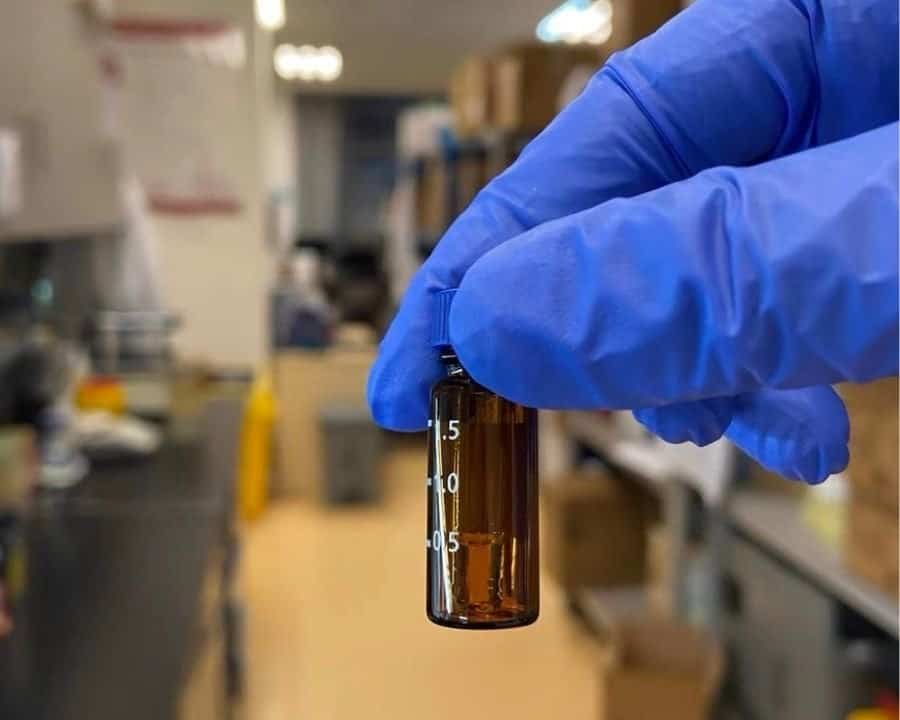
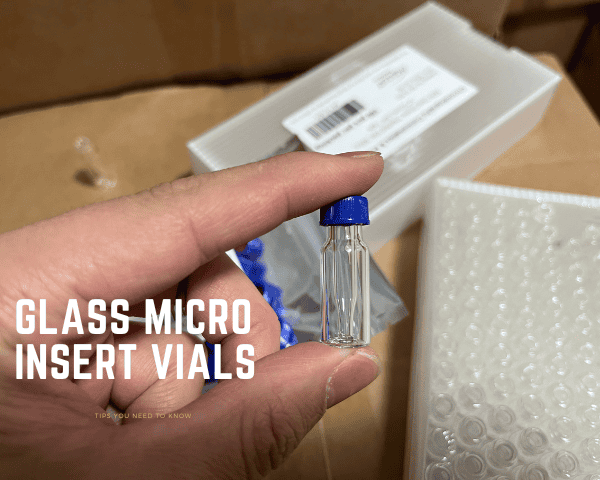
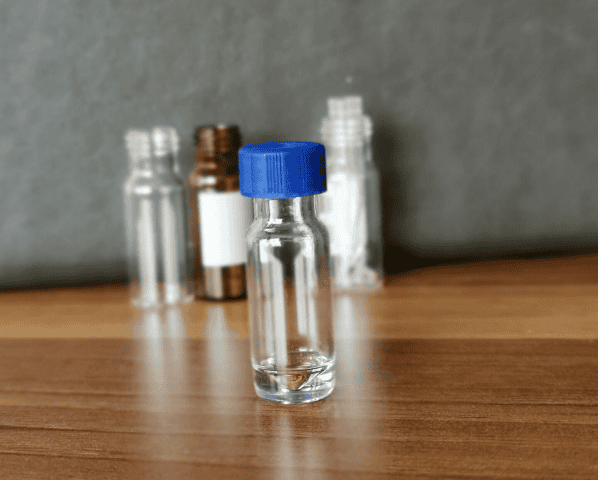
Our expertise ensures that you get reliable and precise products tailored to your specific requirements. Whether you’re in pharmaceuticals, research, or any other industry relying on HPLC, we understand your needs and are here to support you in making the right purchase.
Reach out to Mastelf, and let us assist you in procuring the perfect vials for your work.
FAQ
- How can I tell if my vial seal is compromised?
Look for signs of leakage, cracking, or puncturing, and always perform a visual check before injection. - Can I reuse vial seals?
Some seals, particularly septa, can be reused if they’re not excessively punctured. However, periodic replacement is recommended to avoid contamination. - What’s the best type of vial seal for volatile samples?
PTFE-lined septa or crimp seals are ideal for preventing evaporation of volatile compounds. - What happens if the vial cap is too tight?
Over-tightening can deform the seal, potentially causing leaks and affecting sample integrity. - Can plastic vials be used with crimp seals?
Plastic vials are typically not recommended for crimp seals as they don’t provide the necessary rigidity for a secure seal.



